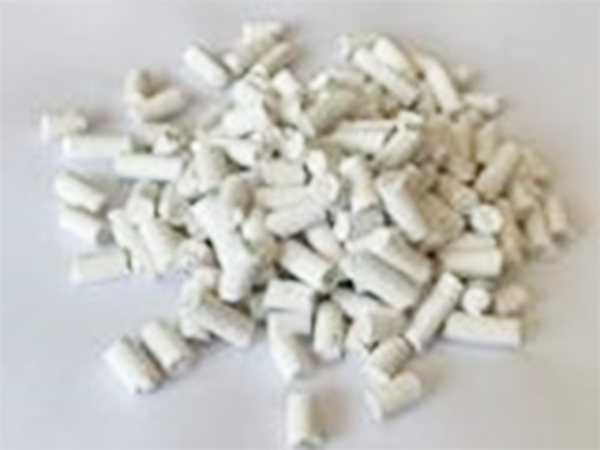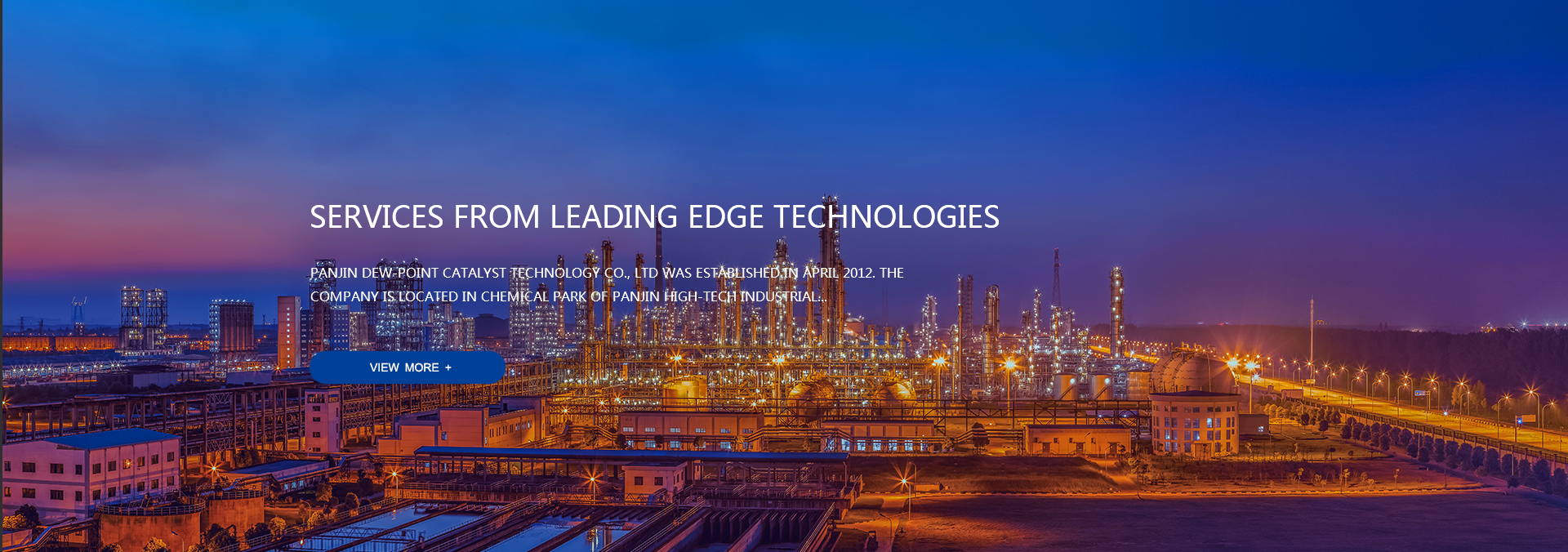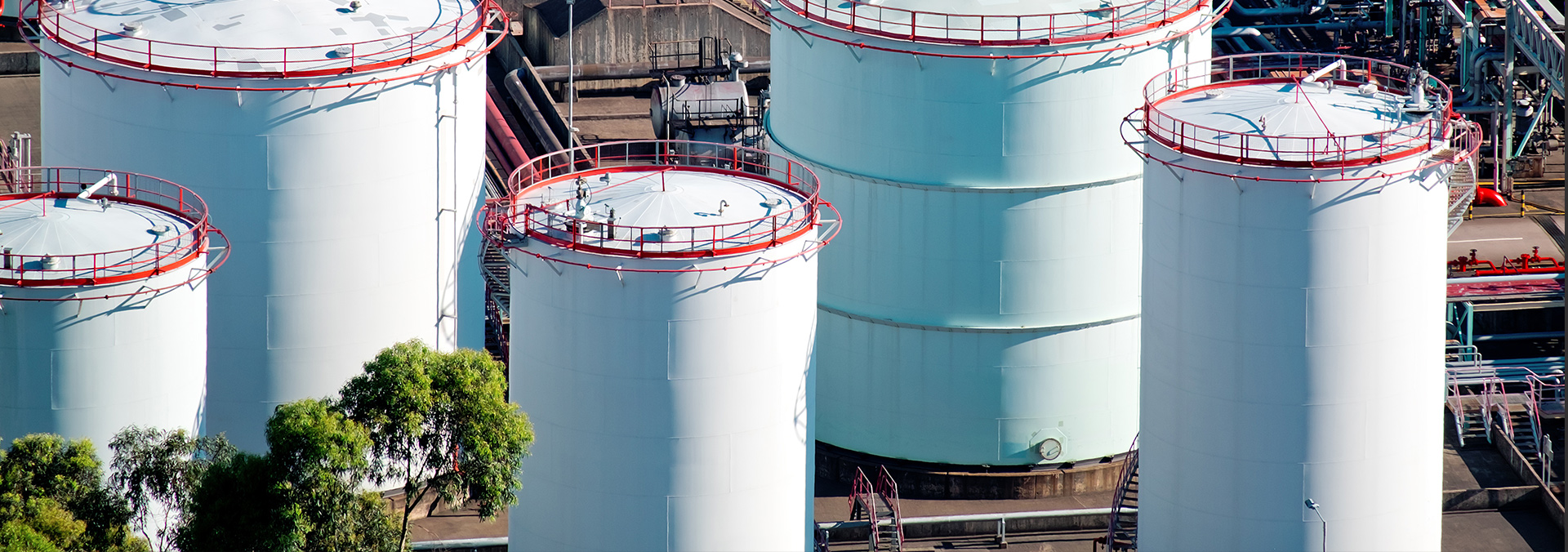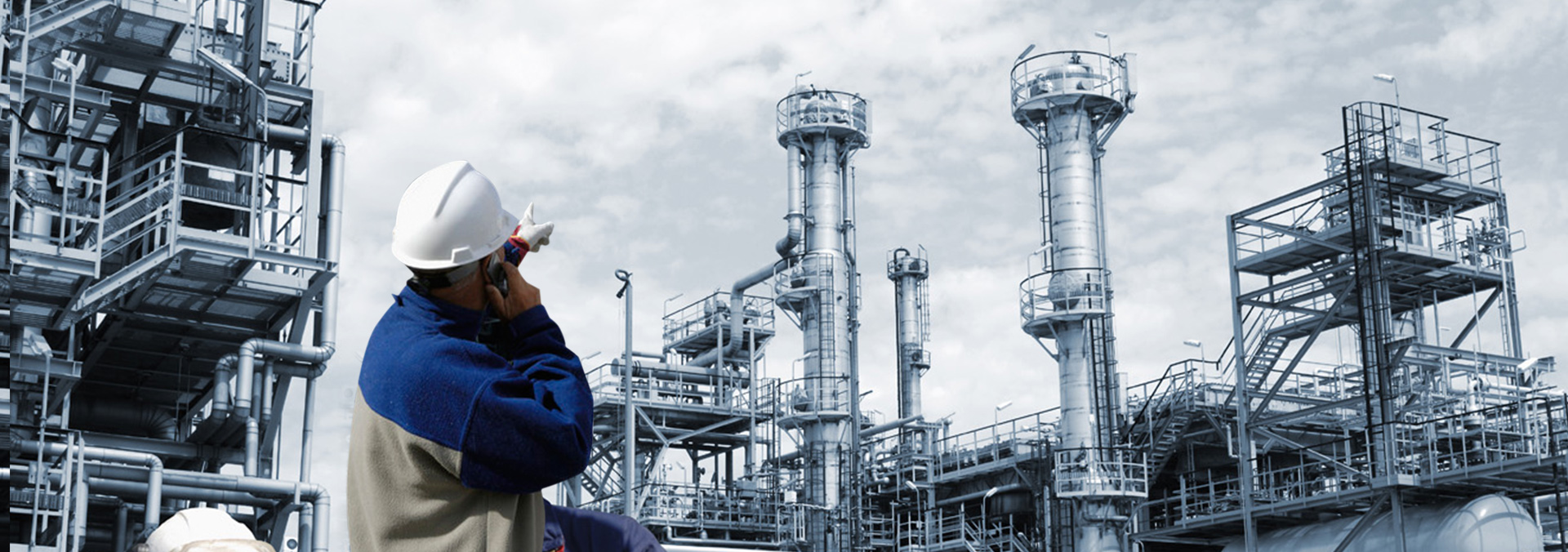Name:Panjin dew-point catalyst technologise co.,ltd.
Add:Chemical Industrial park, high-tech Zone, Panjin City, Liaoning Province, China
Tel:+86 427 659 4508
Fax:+86 0427-6594500
E-mail:service@dpcatalyst.com
power poles Panjin dew-point catalyst technologise co.,ltd. all rights
Hotline
0427-6594508
NiMo Hydrogenation Catalyst related details and classification details
NiMo Hydrogenation Catalyst, refers to the catalyst used in the addition of compounds and hydrogen, commonly used metal catalysts of Group VIII transition metal elements, metal oxide or sulfide catalysts, complex catalysts, generally alumina support.

Commonly used NiMo Hydrogenation Catalysts of Group VIII transition metal elements, such as platinum, palladium, nickel-supported catalysts and framework nickel, etc., are used for selective hydrogenation of alkynes, dienes, oil hydrogenation, etc.; metal oxide catalysts, such as copper oxide - Copper chromite, alumina-zinc oxide-chromia catalysts, etc., used for hydrogenation of aldehydes, ketones, esters, acids and CO, etc.; metal sulfide catalysts, such as nickel-molybdenum sulfide, etc., used in petroleum refining Hydrorefining in the production process, etc.; complex catalysts, such as RhCl[P(C6H5)3], are used for homogeneous liquid phase hydrogenation.
In the presence of catalysts such as Pt, Pd, and Ni, alkenes and alkynes undergo an addition reaction with hydrogen to generate the corresponding alkanes and release heat, which is called heat of hydrogenation (heat of hydrogenation, which is the heat released when 1 mol of unsaturated hydrocarbons are hydrogenated). The mechanism of catalytic hydrogenation (change the reaction pathway and reduce the activation energy): the hydrogen molecules adsorbed on the NiMo Hydrogenation Catalyst generate active hydrogen atoms and add to the alkene and alkyne whose bonds are weakened by the catalyst.







